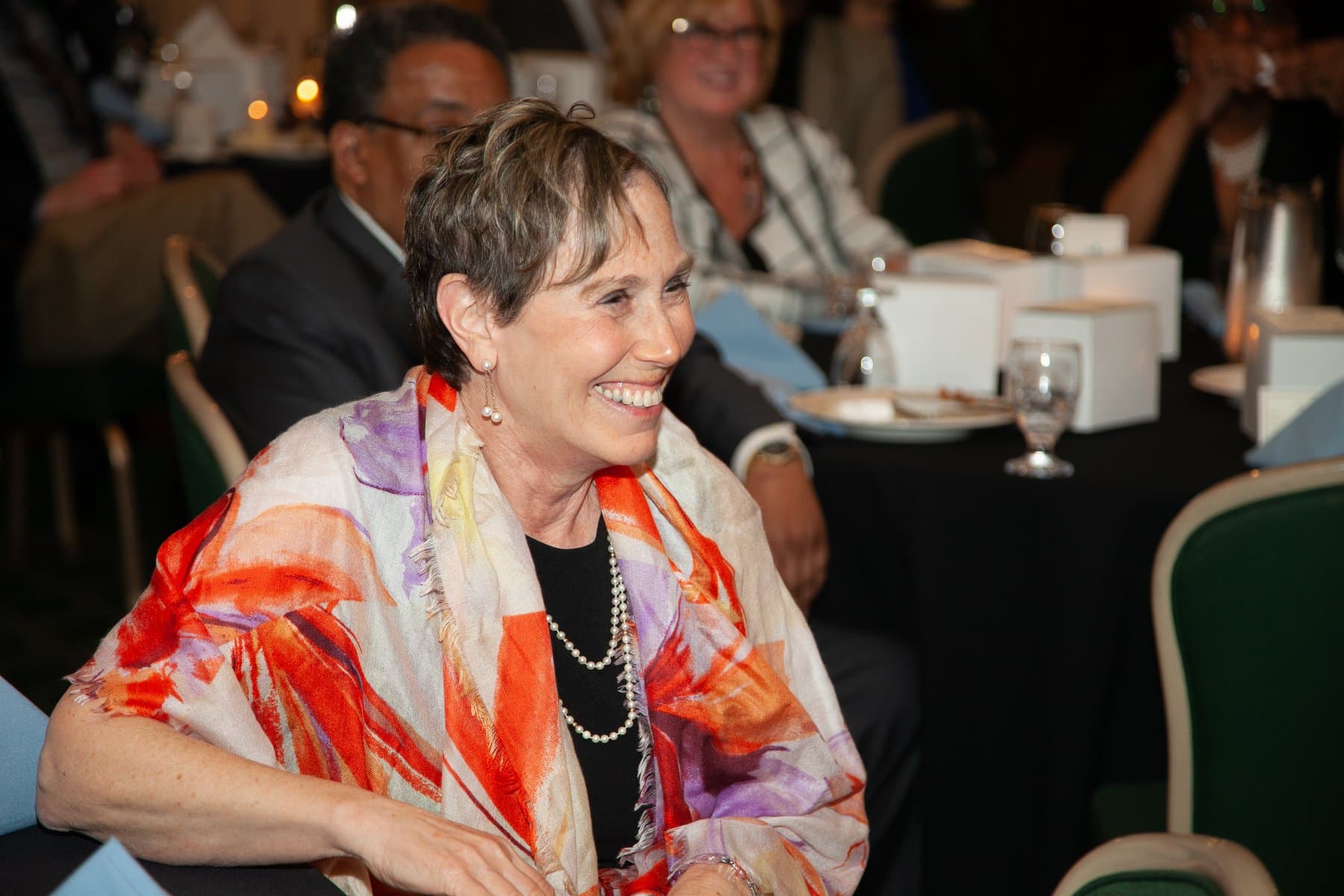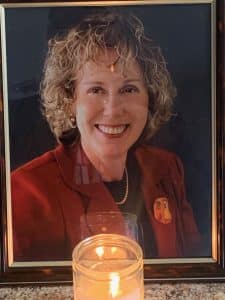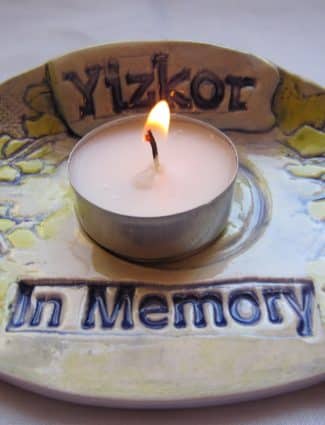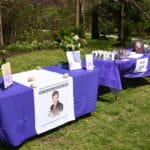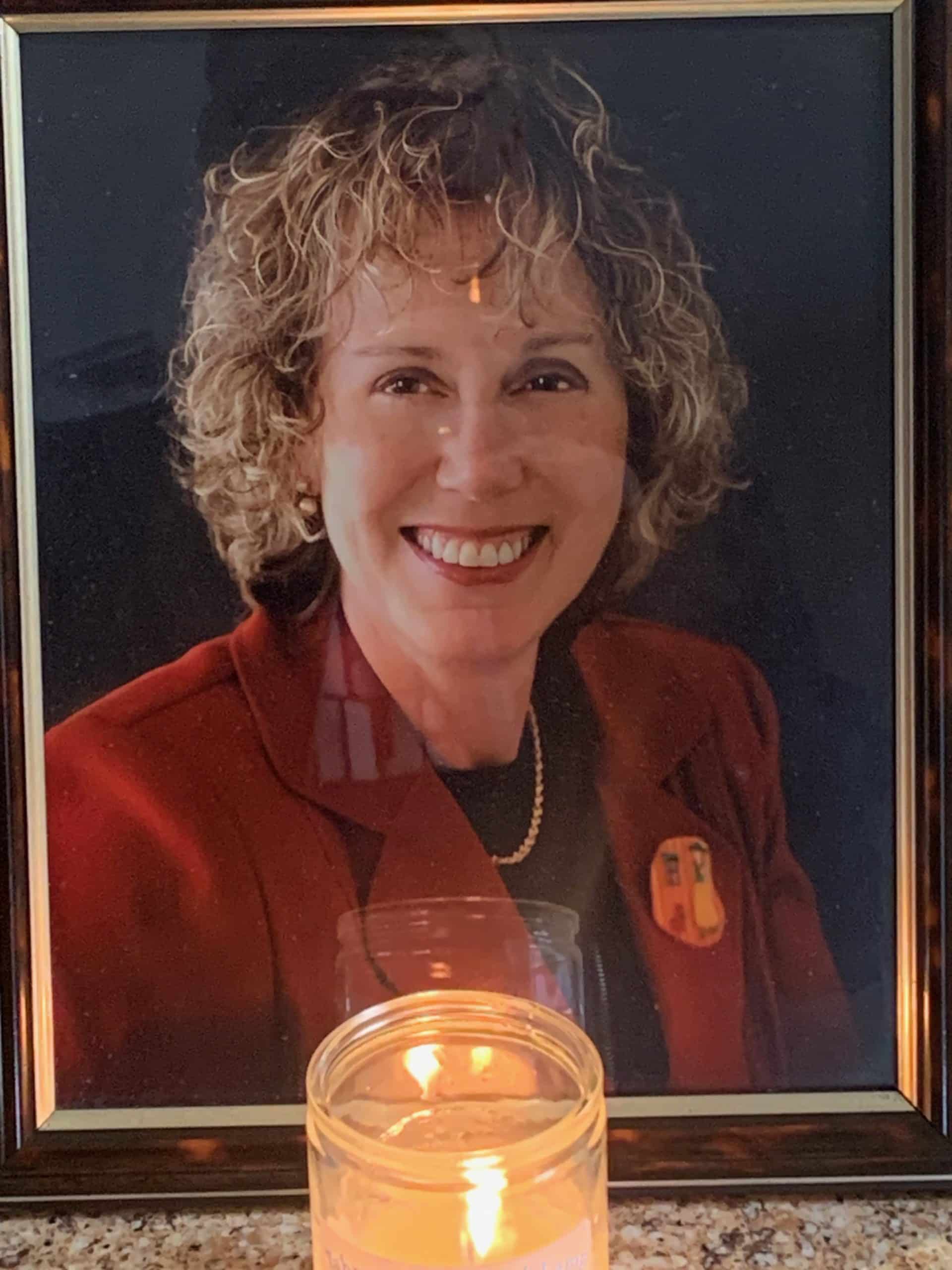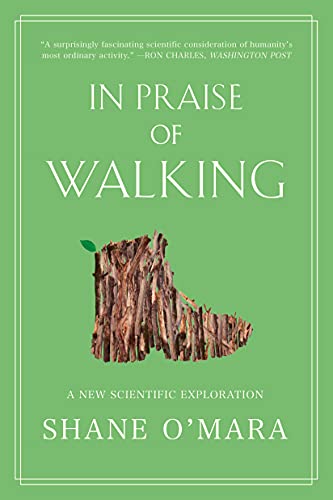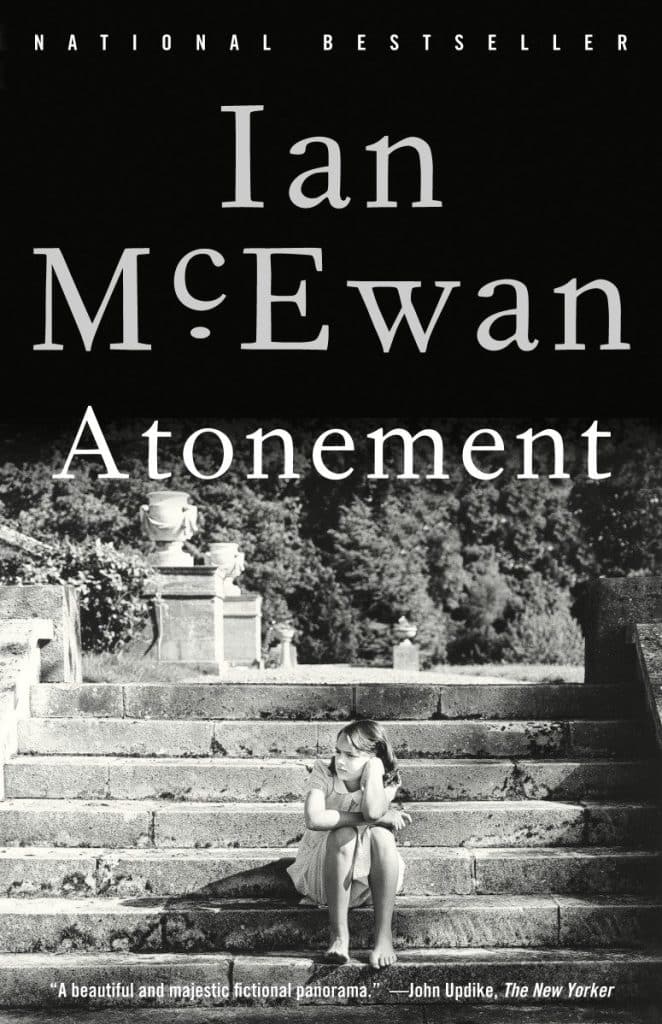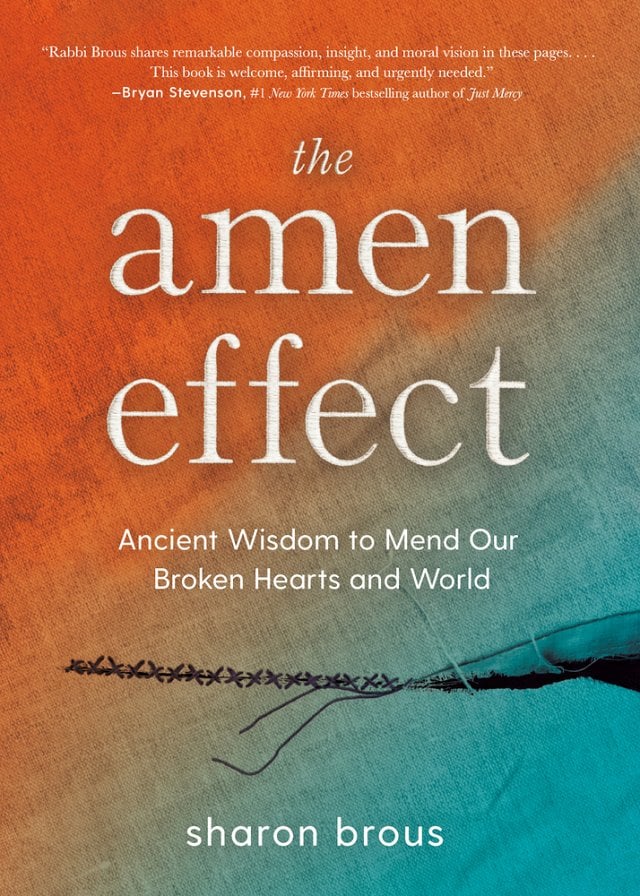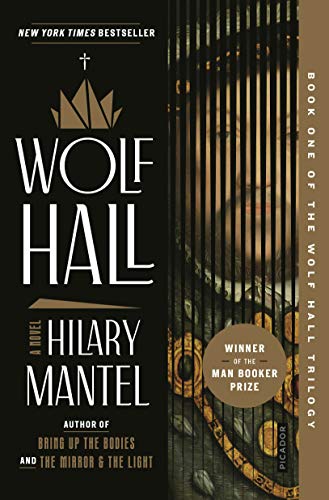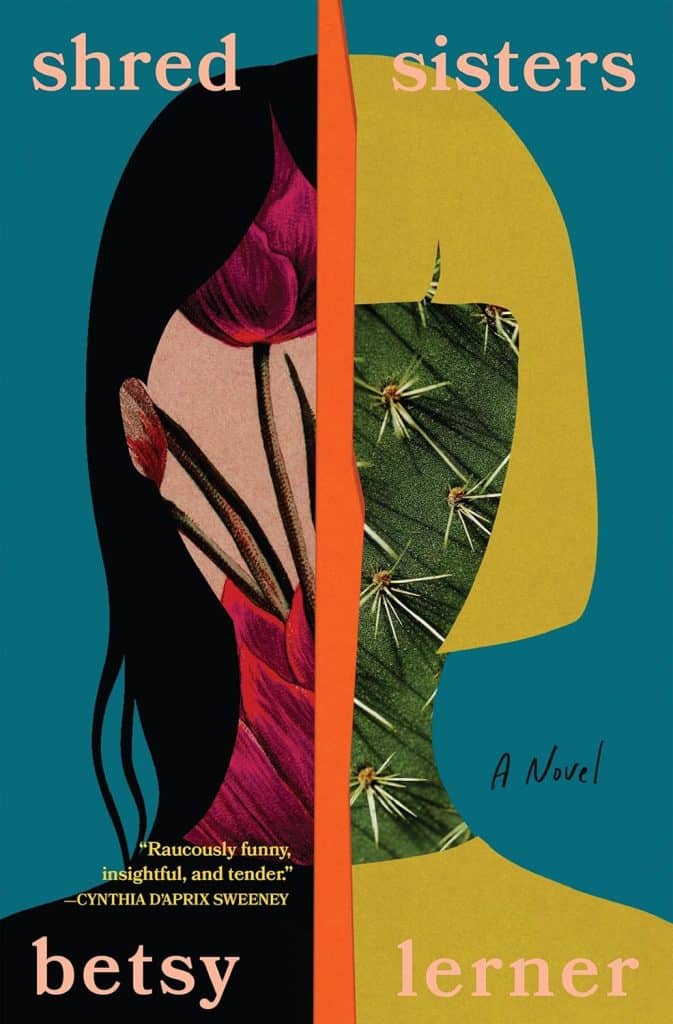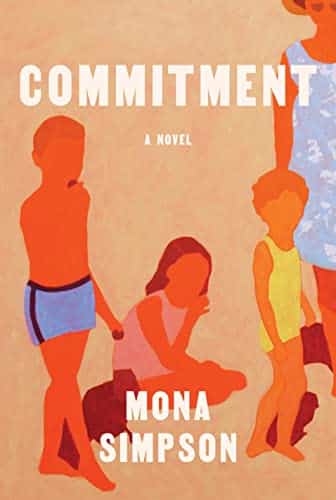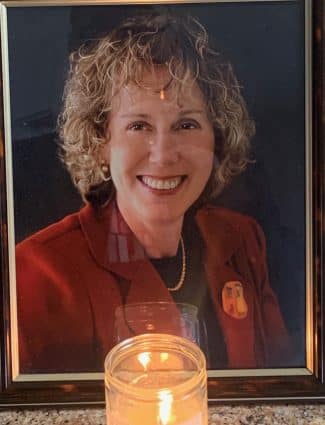
Jan’s Second Yahrtzeit and She is With Me
I Am Doing Better Than I Expected
Estimated reading time: 1 minute, 54 secondsLast night, I returned home from Washington, DC, after participating in the Religious Action Center of Reform Judaism’s Power of Purpose Campaign. This campaign advocates for policies that address the climate crisis, and I’m glad I was able to contribute to its cause.
Although I lit Jan’s Yahrtzeit candle a little late, I don’t feel guilty. My work for a sustainable future that benefits all of God’s children, including future generations, was a Mitzvah, a good deed worth doing.
After Jan’s passing two years ago, I was unsure how to proceed. But thanks to my family, friends, neighbors, fellow widows, and Rabbi Renne, I began taking small steps towards living fully without her.
Instead of focusing on the pain of losing Jan, I focused on my love for her and the beautiful memories we shared. My memories of Jan will always be a blessing, and I want to honor her memory by doing good deeds for her soul’s merit.
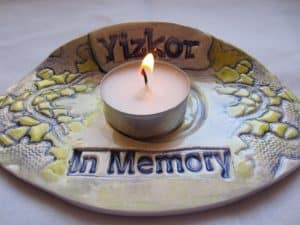 This second Yahrtzeit for Jan inspires me to perform good deeds to honor Jan’s soul, which will ascend higher in heaven on this date. Tonight, I will join my fellow members of Temple Sha’arey Shalom to recite the Mourner’s Kaddish in memory of Jan and other loved ones who have passed away. We stand together as a community to honor and remember not only our loved ones but all those who have lost someone dear to them, especially those who may have been forgotten.
This second Yahrtzeit for Jan inspires me to perform good deeds to honor Jan’s soul, which will ascend higher in heaven on this date. Tonight, I will join my fellow members of Temple Sha’arey Shalom to recite the Mourner’s Kaddish in memory of Jan and other loved ones who have passed away. We stand together as a community to honor and remember not only our loved ones but all those who have lost someone dear to them, especially those who may have been forgotten.
Although I’ve made some progress over the last two years, I still have a long way to go. But with Jan’s love and support, I can live fully and continue to share her passion for life. Her love will always be with me and will only grow stronger daily.
The Jan Lilien Education Fund sponsors ongoing sustainability and environmental awareness programs. Gifts made this month; I will match dollar-for-dollar. All donations are tax-deductible.
I receive a commission when you buy a book or product using a link on this page. Thank you for supporting Sharing Jan’s Love blog.
Celebrating Jan!
I Am Doing Better Than I Expected
Estimated reading time: 1 minute, 54 seconds